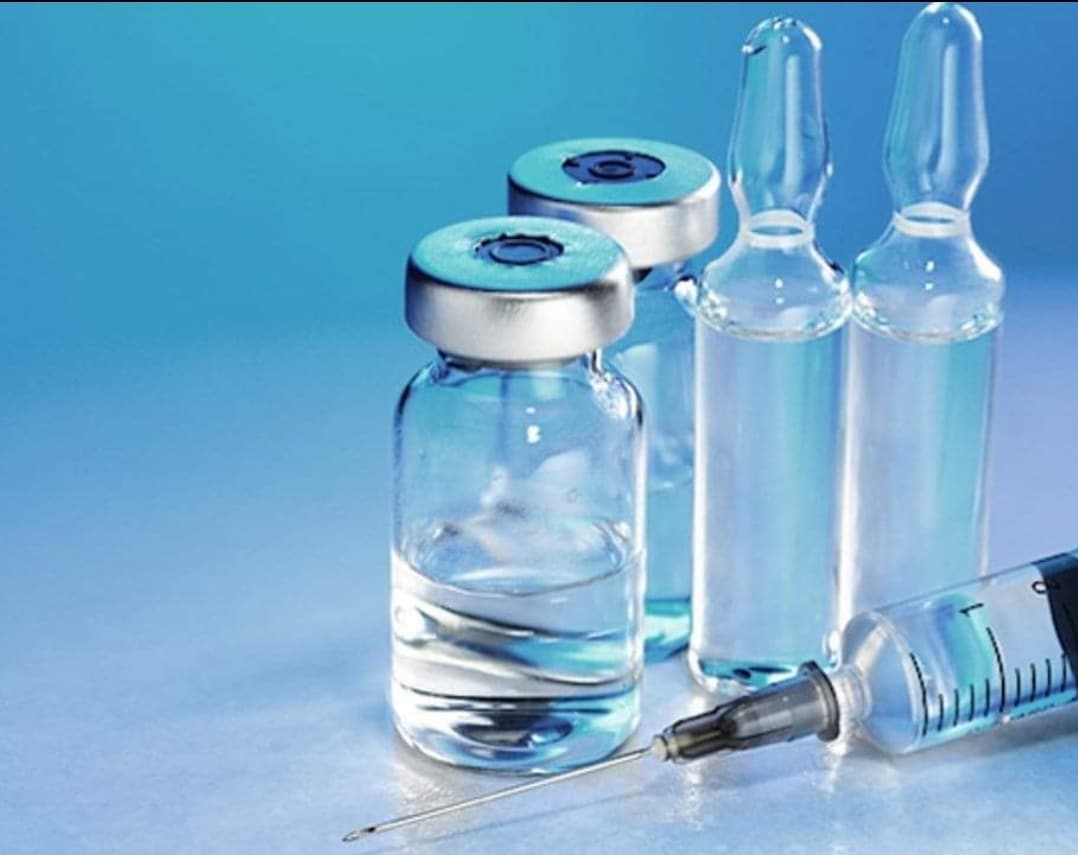USP Particulate Matter by Microscopy Testing
In the pharmaceutical industry, ensuring product quality and safety is paramount. One critical aspect of this is the USP Particulate Matter by Microscopy Testing. This service involves meticulously examining injectable and parenteral products for particulate matter using advanced microscopy techniques to ensure compliance with United States Pharmacopeia (USP) standards.
The need for this testing arises from the fact that even minute particles can have significant implications on patient health, particularly in injectables where the product is directly introduced into the bloodstream. The presence of particulates could potentially lead to embolism, inflammation, or other adverse effects. Therefore, pharmaceutical manufacturers must adhere strictly to USP guidelines which dictate acceptable levels and types of particulate matter.
The testing process begins with careful specimen preparation. This includes ensuring that the sample is free from contaminants that might interfere with accurate particle count and size measurement. Once prepared, the samples are examined under high-powered microscopes capable of resolving fine particles down to sub-micron sizes. Various staining techniques may be employed to enhance visibility of different types of particulates.
The results are then analyzed against predefined USP standards. These standards specify the maximum allowable number and size distribution of particles in a given volume of the product. Compliance with these limits is crucial for maintaining patient safety and ensuring that the drug meets regulatory requirements before being released to the market.
Our laboratory uses state-of-the-art equipment such as scanning electron microscopes (SEM) and transmission electron microscopes (TEM) which provide detailed images necessary for accurate particle characterization. Our team of experienced scientists performs these analyses in accordance with current Good Manufacturing Practices (cGMP), ensuring that all steps are meticulously documented.
In addition to the technical aspects, it is important to understand how this testing contributes to broader quality assurance efforts within pharmaceutical manufacturing facilities. By identifying and quantifying particulate matter early in the production process, manufacturers can proactively address potential issues before they affect product quality or patient safety.
Compliance with USP standards not only enhances public trust but also supports ongoing regulatory scrutiny which is essential for maintaining high industry standards.
| Parameter | Description |
|---|---|
| Specimen Preparation | Involves cleaning and handling to avoid contamination, followed by precise dilution if necessary. |
| Microscopy Techniques | Includes light microscopy, SEM, and TEM for detailed particle analysis. |
| Data Analysis | Uses statistical methods to compare findings against USP limits. |
| Compliance with Standards | Description |
|---|---|
| USP Ph. 1010 | Details the criteria for acceptable levels of particulate matter. |
| ASTM E2485-19 | Guidelines for pharmaceutical particle characterization. |
Scope and Methodology
The scope of USP Particulate Matter by Microscopy Testing encompasses a detailed examination of injectable and parenteral products to ensure they meet stringent quality and safety standards. This service is particularly important given the direct route these medications take into patients’ bodies, making even small particles potentially harmful.
- Compliance with USP Ph. 1010
- Absence of particulate matter exceeding specified sizes and counts
- Identification of various particle types through advanced microscopy techniques
The methodology involves several critical steps:
- Sample Preparation: Ensures the sample is clean, free from contaminants, and properly diluted if required.
- Microscopy Examination: Utilizes SEM and TEM to visualize and measure particulate matter accurately.
- Data Analysis: Compares findings with predefined USP standards using statistical methods.
The process is meticulously documented throughout, adhering to cGMP requirements. This ensures that every step is traceable and can be reviewed for quality assurance purposes.
| Microscopy Techniques | Description |
|---|---|
| Light Microscopy | Provides a detailed view of particles, useful for initial screening. |
| SEM | Offers high-resolution images revealing particle morphology and elemental composition. |
| TEM | Delivers ultra-high resolution, allowing for precise measurements down to sub-micron levels.
| Compliance with Standards | Description |
|---|---|
| USP Ph. 1010 | Prescribes the maximum allowable particle size and count. |
| ASTM E2485-19 | Details methodologies for pharmaceutical particle characterization. |
Quality and Reliability Assurance
The quality and reliability of USP Particulate Matter by Microscopy Testing are guaranteed through rigorous adherence to industry best practices and stringent internal controls. Our laboratory employs a team of highly trained professionals who possess extensive experience in pharmaceutical testing.
Our commitment to excellence is reflected in our use of cutting-edge equipment, including state-of-the-art scanning electron microscopes (SEM) and transmission electron microscopes (TEM). These instruments provide unparalleled resolution and detail necessary for accurate particle identification and measurement. Additionally, we utilize advanced software tools designed specifically for pharmaceutical analysis.
Every step of the testing process is meticulously documented to ensure transparency and traceability. This documentation includes detailed records of sample preparation, microscopy examinations, data analysis results, and comparisons against USP standards. Such thoroughness helps build confidence in our findings among clients and regulatory bodies alike.
We also maintain strict adherence to current Good Manufacturing Practices (cGMP) throughout the entire testing process. This ensures that all procedures are conducted consistently and according to established protocols, further enhancing the reliability of our results.
By integrating these measures into our workflow, we aim to provide clients with reliable data they can trust when making critical decisions about their injectable and parenteral products.





